SRT101/iStock via Getty Images
At the beginning of 1Q24, the Energy, Consumer Non-cyclicals, and Financials sectors each earn an Attractive-or-better rating. Our sector ratings are based on a normalized aggregation of our ratings for each stock in a given sector. Our stock ratings are based on five criteria that assess a company’s business fundamentals and valuation.
Investors looking for sector funds that hold quality stocks should focus on the Energy, Consumer Non-cyclicals, and Financials sectors. Figures 4 through 7 provide more details on the ratings of overall sectors, underlying assets, and individual funds. The primary drivers behind an Attractive fund rating is good portfolio management, or good stock-picking, with low total annual costs.
Attractive-or-better ratings do not always correlate with Attractive-or-better total annual costs. This fact underscores that (1) cheap funds can dupe investors and (2) investors should invest only in funds with good stocks and low fees.
See Figures 4 through 13 for a detailed breakdown of ratings distributions by sector.
Figure 1: Ratings for All Sectors
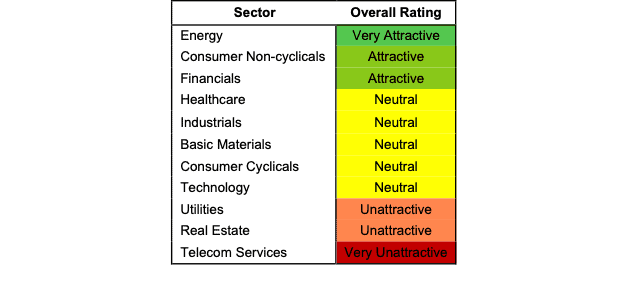
To earn an Attractive-or-better Predictive Rating, an ETF or mutual fund must have high-quality holdings and low costs. Only the top 30% of all ETFs and mutual funds earn our Attractive-or-better ratings.
Invesco Energy Exploration & Production ETF (PXE) is the top-rated Energy fund. It gets our Very Attractive rating by allocating over 47% of its value to Attractive-or-better-rated stocks.
Fidelity Advisor Telecommunications Fund (FTUAX) is the worst rated Telecom Services fund. It gets our Very Unattractive rating by allocating over 29% of its value to Unattractive-or-worse-rated stocks. Making matters worse, it charges investors annual costs of 3.53%.
Figure 2 shows the distribution of our Predictive Ratings for all sector ETFs and mutual funds.
Figure 2: Distribution of ETFs & Mutual Funds (Assets and Count) by Predictive Rating

Figure 3 offers additional details on the quality of the sector funds. Note that the average total annual cost of Very Unattractive funds is over two times that of Very Attractive funds.
Figure 3: Predictive Rating Distribution Stats

* Avg TAC = Weighted Average Total Annual Costs
This table shows that only the best of the best funds get our Very Attractive Rating: they must hold good stocks AND have low costs.
Ratings by Sector
Figure 4 presents a mapping of Very Attractive funds by sector. The chart shows the number of Very Attractive funds in each sector and the percentage of assets in each sector allocated Very Attractive-rated funds.
Figure 4: Very Attractive ETFs & Mutual Funds by Sector
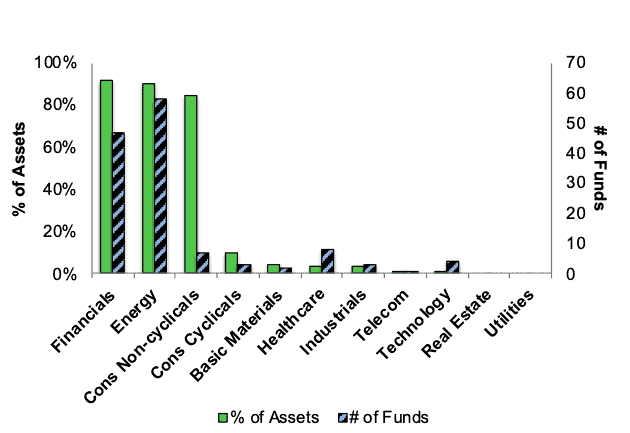
Figure 5 presents the data charted in Figure 4.
Figure 5: Very Attractive ETFs & Mutual Funds by Sector
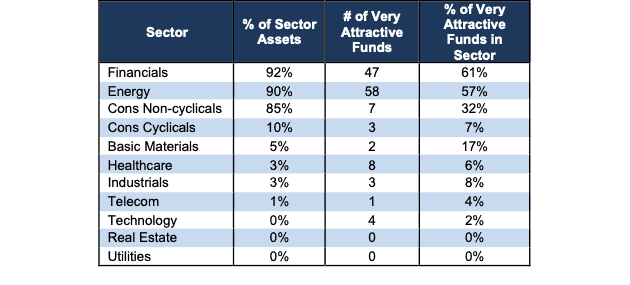
Figure 6 presents a mapping of Attractive funds by sector. The chart shows the number of Attractive funds in each sector and the percentage of assets in each sector allocated to Attractive-rated funds.
Figure 6: Attractive ETFs & Mutual Funds by Sector
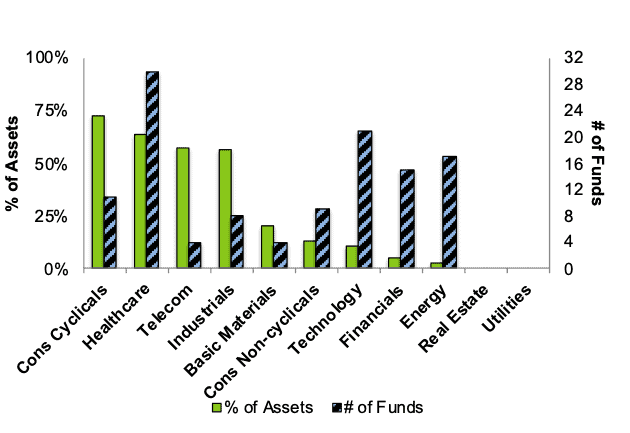
Figure 7 presents the data charted in Figure 6.
Figure 7: Attractive ETFs & Mutual Funds by Sector
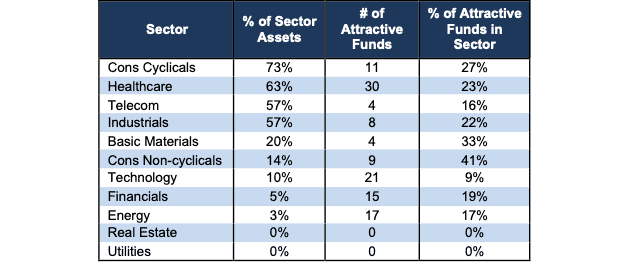
Figure 8 presents a mapping of Neutral funds by sector. The chart shows the number of Neutral funds in each sector and the percentage of assets in each sector allocated to Neutral-rated funds.
Figure 8: Neutral ETFs & Mutual Funds by Sector
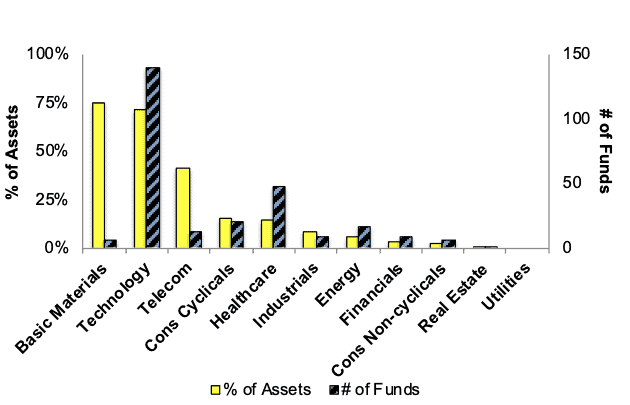
Figure 9 presents the data charted in Figure 8.
Figure 9: Neutral ETFs & Mutual Funds by Sector
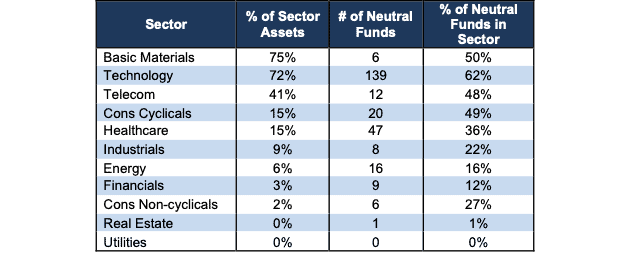
Figure 10 presents a mapping of Unattractive funds by sector. The chart shows the number of Unattractive funds in each sector and the percentage of assets in each sector allocated to Unattractive-rated funds.
The landscape of sector ETFs and mutual funds is littered with Unattractive funds. Investors in Industrials have put over 27% of their assets in Unattractive-rated funds.
Figure 10: Unattractive ETFs & Mutual Funds by Sector
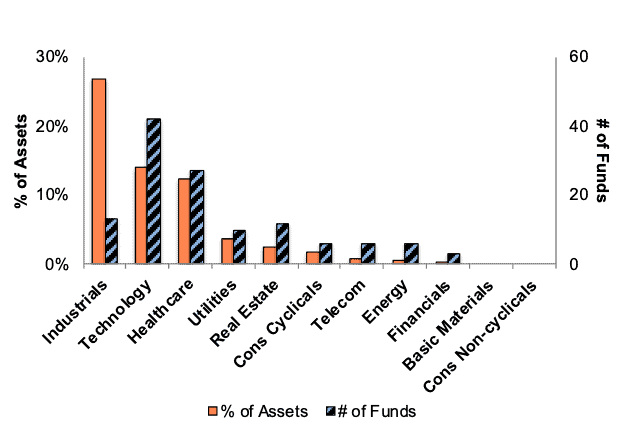
Figure 11 presents the data charted in Figure 10.
Figure 11: Unattractive ETFs & Mutual Funds by Sector
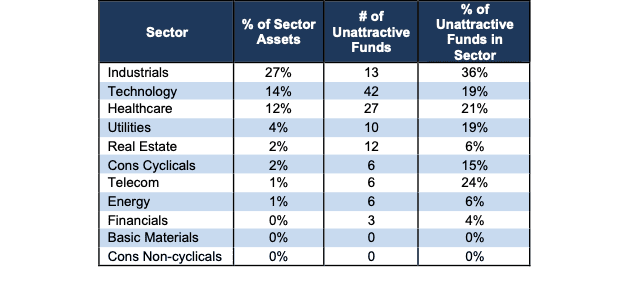
Figure 12 presents a mapping of Very Unattractive funds by sector. The chart shows the number of Very Unattractive funds in each sector and the percentage of assets in each sector allocated to Very Unattractive-rated funds.
Figure 12: Very Unattractive ETFs & Mutual Funds by Sector
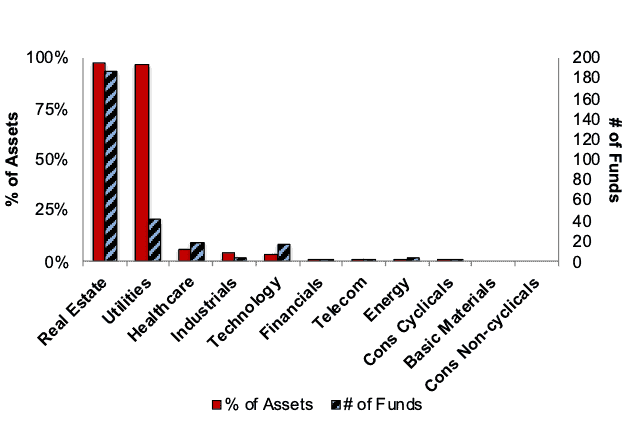
Figure 13 presents the data charted in Figure 12.
Figure 13: Very Unattractive ETFs & Mutual Funds by Sector
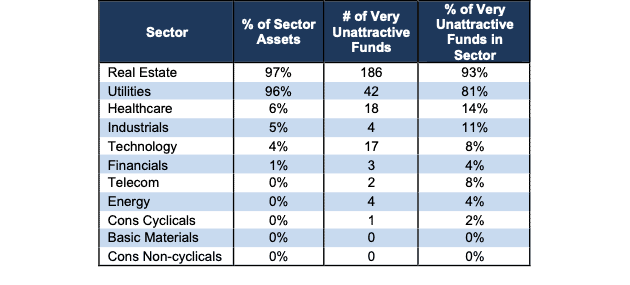
Disclosure: David Trainer, Kyle Guske II, Italo Mendonça, and Hakan Salt receive no compensation to write about any specific stock, sector or theme.



